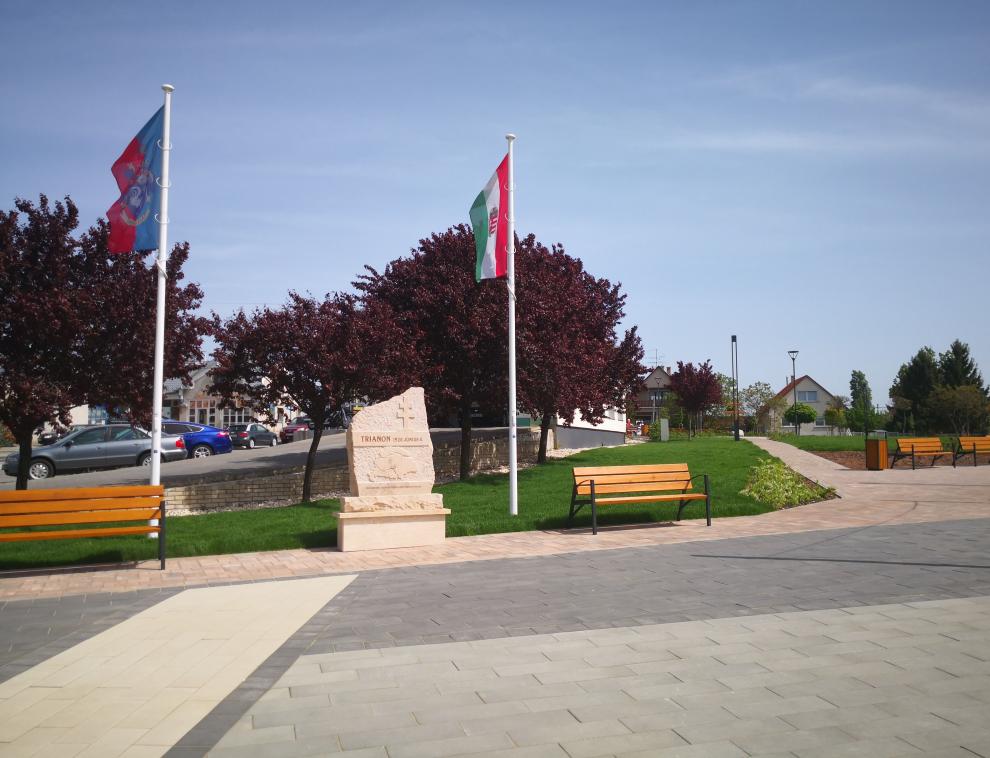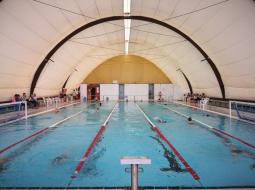Thessaloniki gets ready for its metro launch in November
The underground rapid transit lines have been under construction for almost two decades due to various project delays
 TheMayor.EU logo
TheMayor.EU logo 
The first written record related to Kistarcsa dates to 1352 for the name Tarcsa, but it is believed that the settlement existed long before that. Until 1452 it was owned by the Tarchai family. The village was deserted during the fifteen-year war (1593-1606). After the exodus of the Turks and their defeat in the Rákóczi War of Independence, the Habsburgs divided the Ottoman lands among their faithful. The new owners preferred German or Slavic settlers rather than the returning Hungarian serfs. This is how the new population came to Kistarcsa in 1727 - from the counties of Trenčín and Nitra. The number of newcomers was higher than the Hungarian population, so Kistarcsa became ethnically Slavonic. During the spring campaign of the War of Independence of 1848-49, the army led by Lajos Aulich was deployed in Kistarcsa, a remote settlement on the Pest-Hatvan route.
A significant change in the life of the settlement took place at the close of the 19th century, following the introduction of rail transport. The HÉV, built in 1882, gave much impetus to the settlement. A rapid increase in the population was due to the high labour demand of the Machine and Rail Equipment Factory, founded in 1908.
With the establishment of the company, the expansion of the town in other direction began, resulting in the main traffic trail dividing Kistarcsa into roughly two parts. During the economic crisis, the ironworks collapsed. Its shares were bought by the Ganz Wagon Factory and in 1928 it was liquidated by dismantling the machines and demolishing some of the buildings. One of the housing estates of the factory became the property of the Ministry of the Interior in the 1930s, where an internment camp was built in the early 1930s, its darkest period being in the 1950s.
Since 1950, the camp has been run by the State Defence Agency under more harsh conditions. In October 1956, during the Hungarian Revolution, the Gödöllő micro-region was an important base of the national guards.
Kistarcsa has been declared a town on 1 September 2005.
Kistarcsa is a town in the county of Pest in the Gödöllő district. Due to its infrastructural and institutional development, it has a central role in Gödöllő and its surroundings, including the settlements Nagytarcsa, Csömör, Kerepes in its immediate vicinity. Its population is 13,041 (January 2019).
Kistarcsa gives home to a number of trading companies, for example Szilasfood Kft., a dominant producer in the spice-market in Hungary, and Lavet Kft. that provides pharmaceutical products for the veterinary market both in Hungary and Europe.
There is also a shopping mall (grocery store (Spar), clothes shops (Takko, Pepco), drugstore (DM), furniture store (JYSK)) which satisfies the local demand. Also there are two supermarkets located in the towncentre (Lidl, Penny Market).

One of the most popular programs in the town is the Pig sticker Festival (Böllérfesztivál), which is organized every winter, since 2012. The most visited culinary event of the town welcomes competing teams from both inside and outside the country to the pig sticker competition.
A relatively new event is the Sports and Family Day, held at the beginning of May every year. Also, every May, the town organizes „Kistarcsa Days”, where visitors can take part in cultural, sport, health programs, enjoy culinary, art exhibitions and theatrical plays.
Cock-cooking Festival was first organized in August, 2012, since then it has become the most visited culinary program beside the Pig sticker Festival. The festival welcomes teams comparing their talents from both inside and outside the borders.
The smallest culinary festival – Görhöny Festival - aims to popularize a special hungarian-slovakian food, the ’görhöny’ (that is grated potatoes, mixed with flour, fried in oil or fat). This event is celebrated together with the Town Day, marking the day Kistarcsa became a town.
In the past few years horse tourism has spread in the region. Several horse riding halls have been opened along the borders of the town, in addition frequently visited hiking trails bring more and more tourists to Kistarcsa.
There is a Slovakian Ethnographic Collection located in the town, which was officially opened in 2008. Visitors can get to know the lives and traditions of the ancestors of families with Slovakian roots who now live in Kistarcsa.
Kistarcsa is also proud of its Székely gate (a carved, wooden gate), which was given as a gift from the town of Torja, Transylvania, for the celebration of Kistarcsa becoming a town, in 2005. The Székely gate features a unique look and special wooden carvings hand made for this occasion.
Aerial view over the Hungarian city of Kistarcsa and how it changed between 2010 and 2019. Video by LensFlow.

Kistarcsa has a sports centre, a city library and a cultural association that take care of the cultural offer for locals and tourists. Some of the monuments to see include the full-length statue of the great artist Joseph Simándy. In front of the old Health House is the statue of St. Imre, the area in front of which is adorned with a unique stone mosaic, 3.5 meters in diameter.
Also, there is the memorial wall of the former internment camp, the Board of the Heroes, commemorating the victims of Communism.